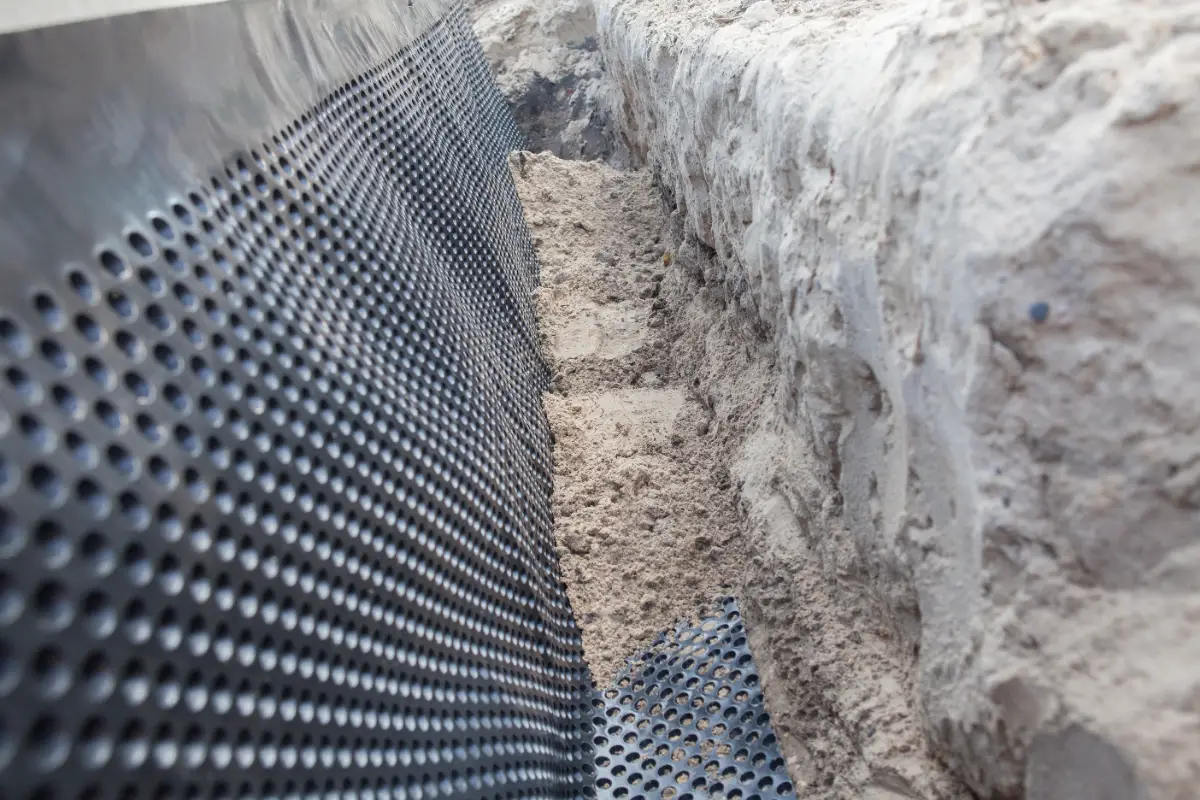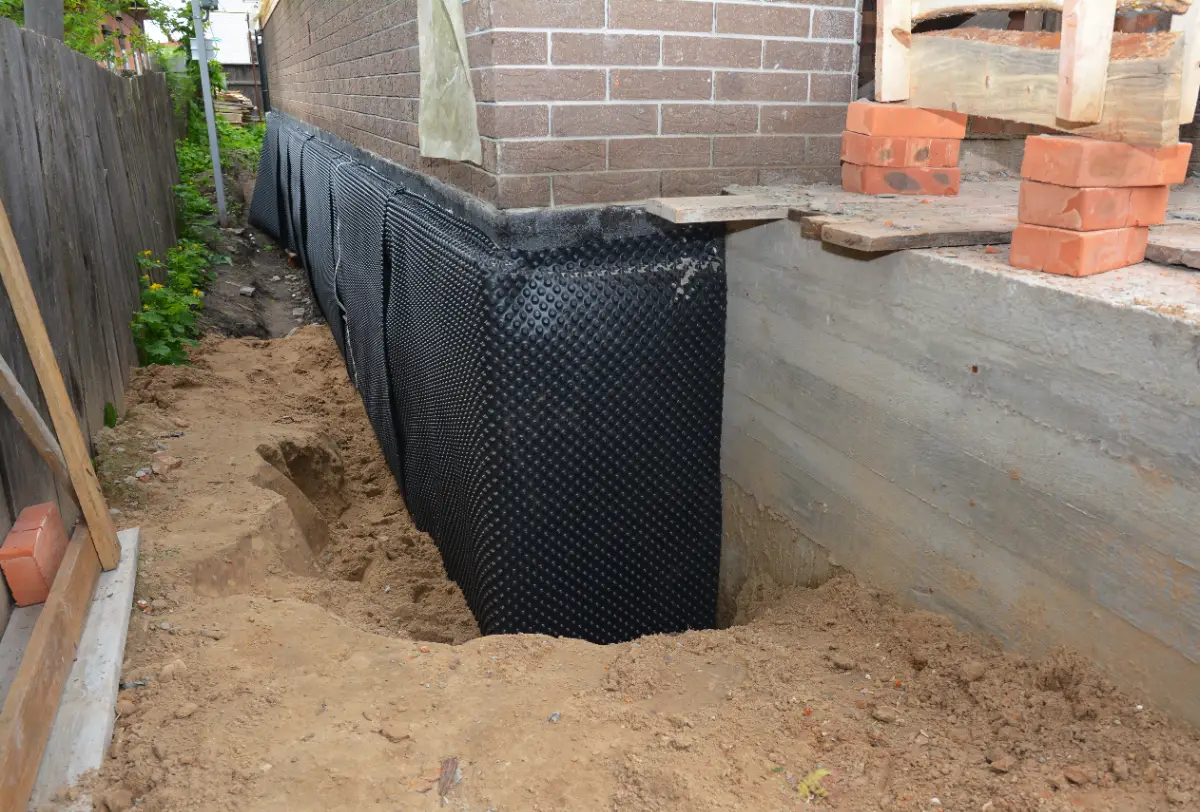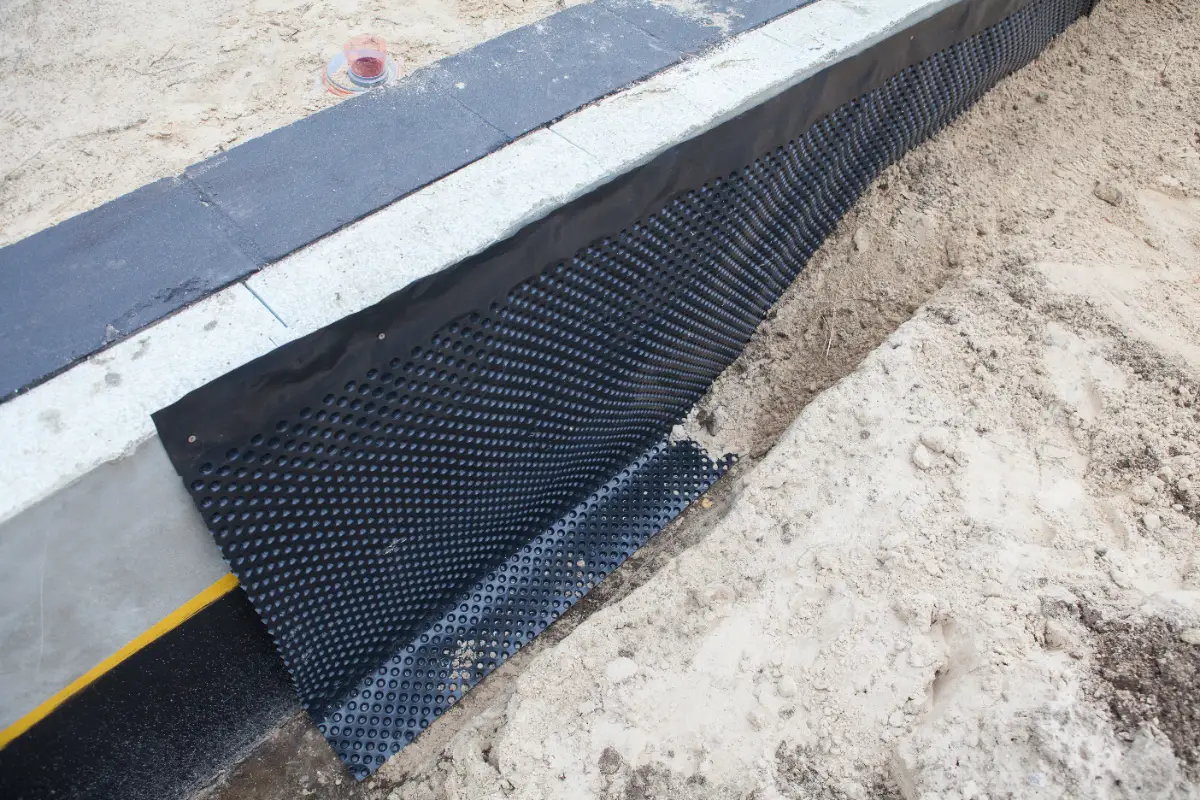Basement Waterproofing in Dix Hills, NY
Keep Your Basement Completely Dry
Professional waterproofing solutions that protect your home from Long Island’s toughest weather.

Hear About Us

Waterproofing Services Dix Hills
You stop worrying every time it rains. Your stored belongings stay safe and dry, whether it’s holiday decorations or important documents.
That musty smell disappears. The air feels cleaner throughout your house because moisture isn’t creeping up from below.
Your basement becomes usable space again. You can finish it, store things without plastic bins, or just walk downstairs without that sinking feeling in your stomach.
Basement Waterproofing Company Dix Hills
We combine two critical skills that most companies handle separately. We understand both the structural side and the waterproofing side of your basement.
We’ve been solving water problems for Long Island homeowners who know the difference between a quick fix and a real solution. When you’re dealing with foundation walls, drainage, and moisture control, having both skill sets matters.
Most waterproofing companies subcontract the masonry work. Most masonry companies refer out the waterproofing. We handle both, which means better coordination and accountability.

Basement Waterproofing Process Dix Hills
We start with a thorough inspection to find where water is actually entering. This isn’t guesswork – we identify the specific problem areas and explain what’s happening.
Next, we determine whether you need interior waterproofing, exterior waterproofing, or both. Interior solutions work from inside your basement using sealers and drainage systems. Exterior solutions involve excavating around your foundation to waterproof from the outside.
The work itself varies based on your specific situation, but we handle everything from crack repairs to full basement wall sealing. We use professional-grade waterproofing materials designed for Long Island’s climate and soil conditions.

Ready to get started?
Explore More Services
About Diamond Masonry & Waterproofing
Get a Free Consultation
Waterproofing Solutions Dix Hills NY
Our basement waterproofing services include both interior and exterior approaches. Interior waterproofing involves basement wall sealers, crack injection, and drainage systems that manage water from inside your basement.
Exterior basement waterproofing means excavating around your foundation to apply waterproof membranes and improve drainage away from your house. This approach stops water before it reaches your basement walls.
We also handle the masonry repairs that often go hand-in-hand with waterproofing work. Cracked foundation walls, deteriorated mortar joints, and structural issues get addressed as part of a complete solution rather than separate projects.

Should I choose interior or exterior basement waterproofing?
How long does basement waterproofing actually last?
What's the difference between waterproofing and just sealing cracks?
How much does basement waterproofing cost in Dix Hills?
Will waterproofing my basement prevent mold growth?
How do I know if my basement needs waterproofing?
Local Resources
- Google Map Link
- Find the Dix Hills, NY USPS
- Locate Nearby Dix Hills, NY Pharmacies
- View the Current Weather in Dix Hills, NY
- Dix Hills, NY is located in Suffolk county in New York State